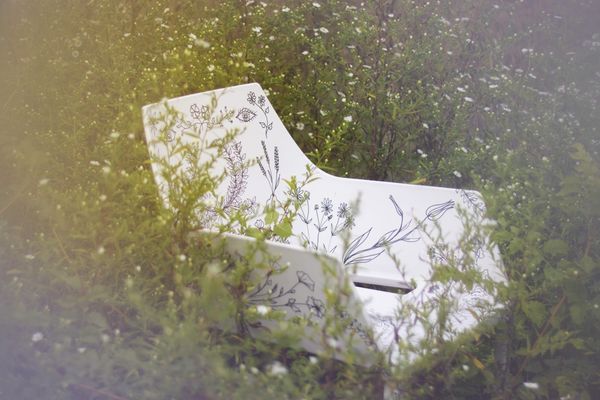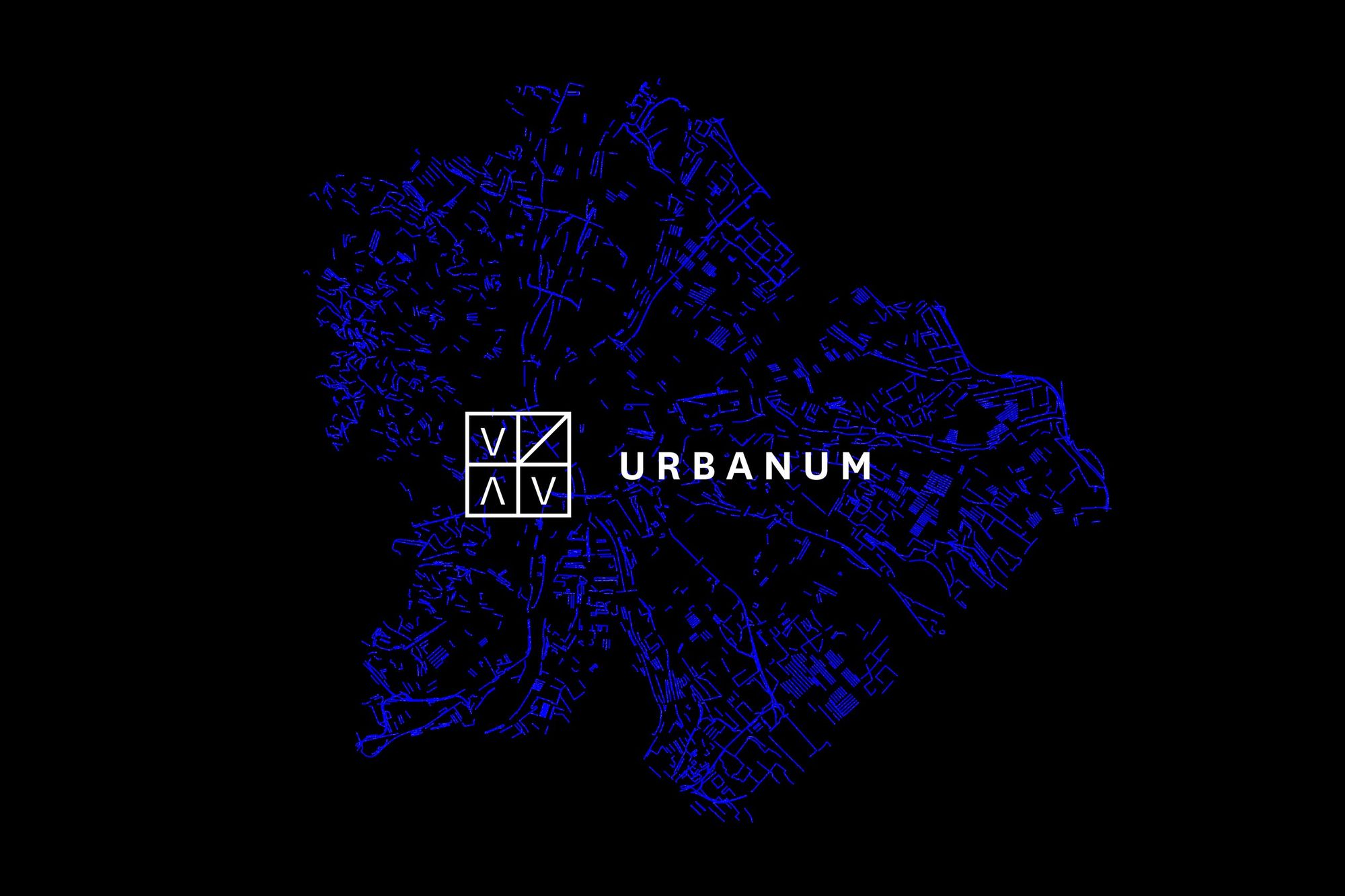What does a livable, inclusive or sustainable city mean? What relationships can be formed between the built environment and the residents of the city? To whom does the city belong, for whom is it built and what factors influence it? Balázs Csizik, Géza Kulcsár and Vo Son Nam explore questions like these. Meet Budapest-based initiative Urbanum!
Urbanum is an interdisciplinary urban platform or an open intellectual space examining the concept of the city along various aspects, phenomena and seemingly different, yet closely related fields, may it be architecture, fine arts, environmental psychology, design or literature – just to mention a few examples. The three founders, Balázs Csizik, Géza Kulcsár and Vo Son Nam themselves come from quite different fields: Balázs joined the team as a visual artist and university teacher, Géza works as a researcher and art writer, while Nam’s main field of interest is sustainable urban development. Their goal is to call to life an event series, a platform and various projects in which not only experts examine the different urbanism-related topics, but where the residents of the city can also join the discourse. “The city belongs to us, it is us who must talk about it” – Géza highlighted.

In our latest article series, the founders of Urbanum as well as the experts participating in the initiative talk about the topics concerning and influencing the city in the form of interviews, case studies or short opinions. In the first episode, Géza Kulcsár explores the meaning of the city, the importance of interpreting it in an interdisciplinary manner as well as the meaning of metaurbanism.
Written by: Géza Kulcsár
Why do we have to care so much about interdisciplinarity when we deal with the city? Because it is the very nature of the city to be interdisciplinary. It takes dozens of architects, designers, engineers and urbanists to change even a tiny fragment of that vast complex which we live in, which we enliven. And this goes way beyond the realm of buildings and streets, to that of imagination: the very stage of our lives has always served, and has to serve, as an inspiration for pictures, words, film and music. This is the true meaning of interdisciplinary thinking: to let those different perspectives on the actual city as well as the fictive city talk to each other. This is a true synthesis of disciplines: this is metaurbanism.
There is a widespread belief that the ancient city originated from an observation that some places unite more practical benefits than others.
This simply cannot be true, as demonstrated by the very presence of cities themselves. The real situation is the exact opposite: if cities ever flourished and, thus, demonstrated some practical benefits, then this was exactly due to them being founded.
In other words: no matter where, no matter when – the city was there first. Yes, it is the city and not just a city. The city. The (physical and spiritual) center of every human life is a single city, which is then, subjectively, the city.
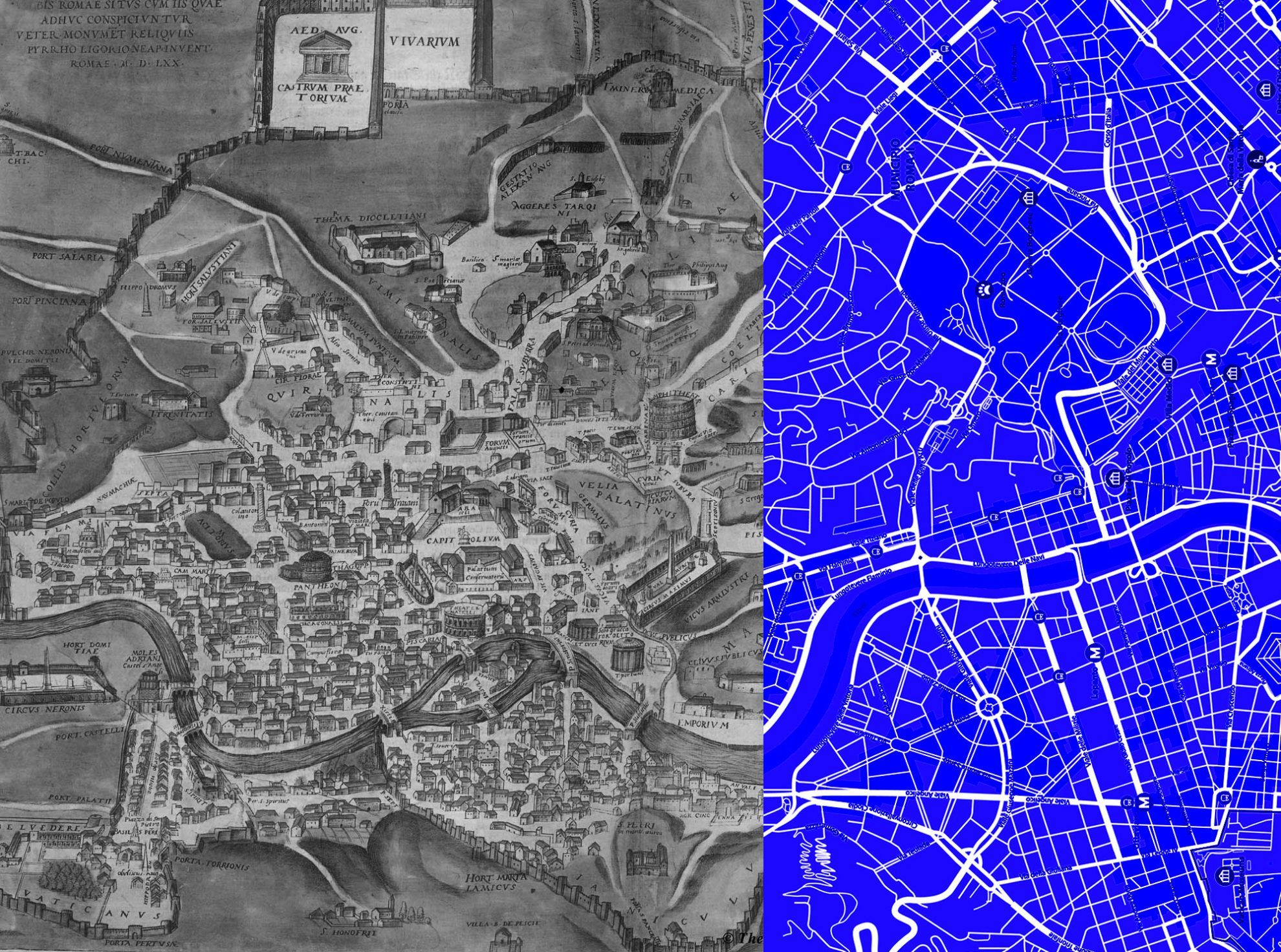
Was it always like that? Yes, in the pre-global age even more clearly than nowadays. If you’ve been living within the borders of the Roman empire, then you’ve essentially been a citizen, a civis of Rome, even if your physical existence was tied to, e.g., Asia Minor. This is not just a legal circumstance, this is the very (supra-local) idea of being part of a city body.
The essence of the city is a deliberate appropriation act, resulting in the very shape of the city, i.e., the fact that it is limited, it has borders, it is surrounded by walls. It is through this delimitation that the city can become a center. According to Indo-European linguists, the very word urbs is either rooted in an ancient word for enclosure, or for garden, or for house — or maybe, in the end, it means all of these.

By the delimitation of the city, the power of the people gets concentrated within the walls. This way, the city is simultaneously a part of nature (as an organism arising from the very same soil as anything else) and the highest concentration of nature itself (nature here meaning the whole world we experience, not just vegetation). A stronghold, a garden, a center, a unified diversity: the idea of a cosmopolis feels indeed very natural now. The city is our cosmos, the only place where we really dwell and prosper. It is this we which connects all those different city concepts. We, the people living in the city — we, humans, living with a cosmic fact that our lives revolve around the city: we are the city.
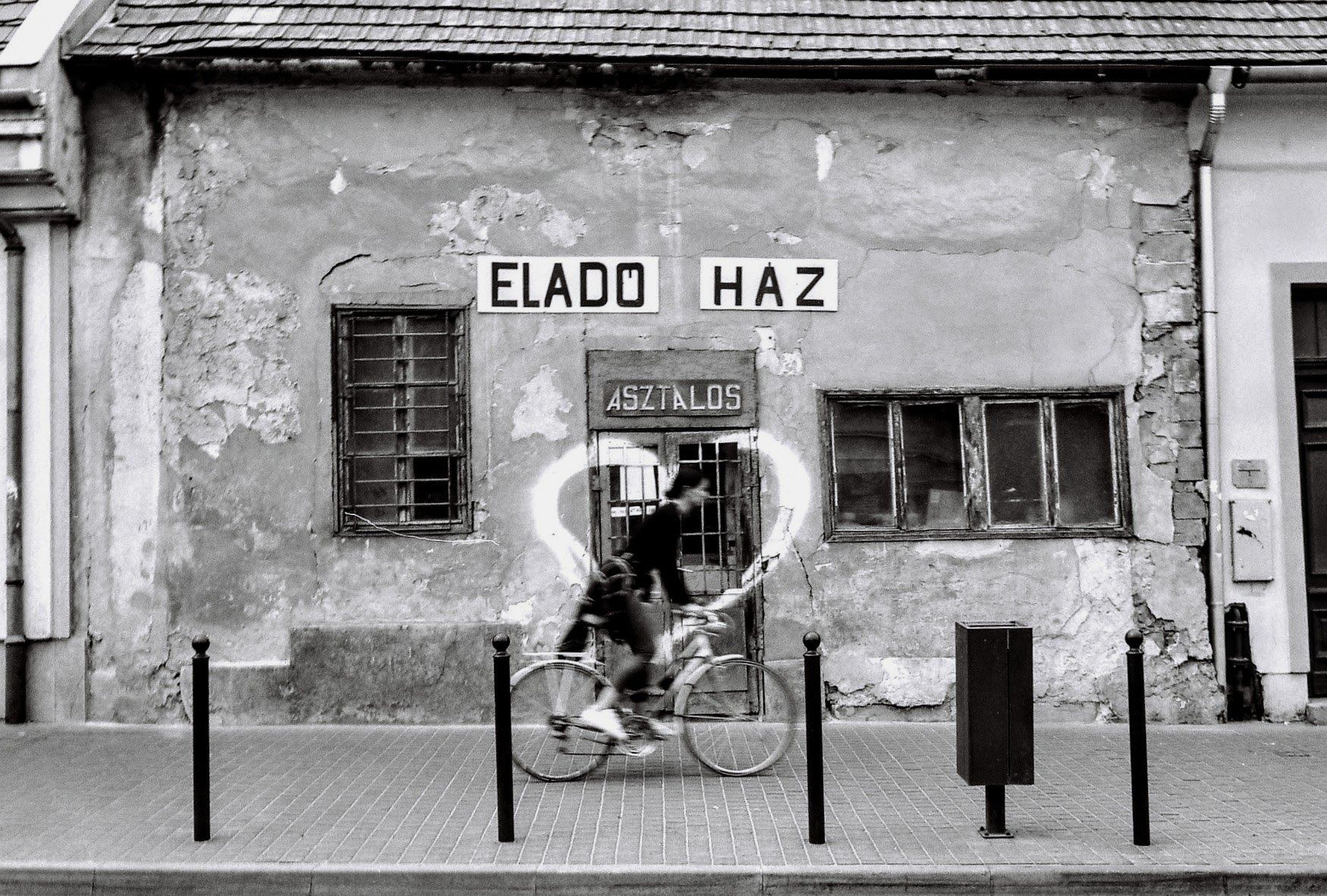
If we are the center of that center, then we have to ask it again: what does the city mean to us? While the essence of the city always remains the same, the way that essence is manifested changes, and has to change. Every age has a distinct urban paradigm. While the temple cities were a perfect fit for ancient Mesopotomia, just as the polis was the ideal city form of ancient Greece, these models would hardly fit our current epoch to any extent. Whenever there is a paradigm shift, we have to identify the new ideal city shape.
Metaurbanism is characterized and necessitated by the fact that we are at the threshold of such a paradigm shift. In an age where the process of globalization has arguably reached its apex, where cities cannot be characterized by their external structure anymore, where design principles are applied to structures being of the size of a metropolis, where our philosophical and aesthetical common sense is in a state of irreversible fragmentation, the shape of the contemporary city is nothing else than this very fragmentedness. The city tissue is not just an embodiment of a set of principles, it is this ever-fluctuating network of all the people, all the buildings, all the streets, all the movement, all the urban thoughts and reflections in media, art and literature, all the social issues, all the bright and dark sides of our very urban lives.

Summarizing, the city is the symbol and the origin of nature, of space and of the people. Symbols and origins never fade, but their medium, their shape can. Today, we experience a need for changing our perspective on the city: in order for it to remain a center, we have to see it both eternally and in a very contemporary manner: as the center of our lives, as the concentration of space, nature and society.
We cannot have our old city back — thus, we have to find our new one. This quest is metaurbanism.
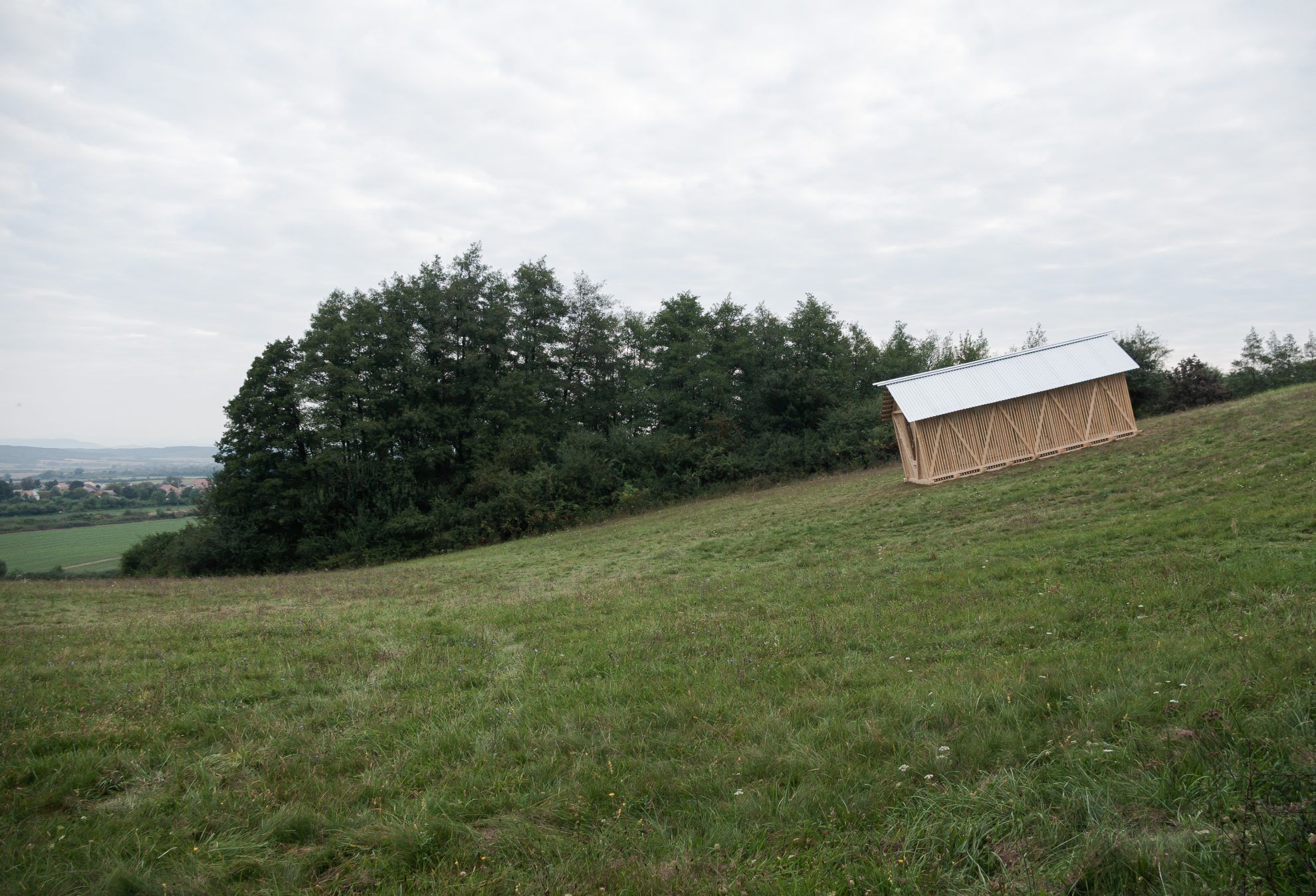
If you’re interested in current urbanism-related issues, projects and theories, follow Urbanum’s social media accounts, where you’ll be able to read about more topics concerning the city soon. Urbanum’s next topics include sustainable urban planning, transportation, our socialist heritage, as well as the city’s forms of appearance in fine arts and literature. The good news is that the team of Urbanum will also organize their first public event in November. More information soon!
Urbanum | Web | Facebook | Instagram

Adidas’s new sneakers are “woven” by robots

The world’s first electric autonomous delivery van | Einride
